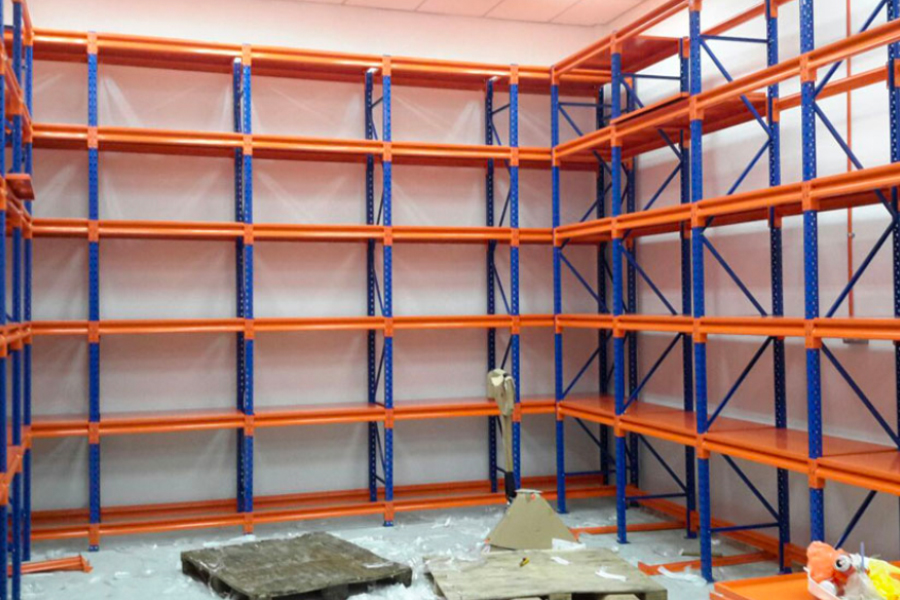How Are Storage Racks Best for Warehouse Usage?

Image Source: mrspace.com.my
Efficient warehouse management is crucial for businesses to streamline operations and maximize productivity. One essential component of an organized and optimized warehouse is the effective utilization of storage racks supplier Malaysia. These versatile structures offer numerous benefits, such as maximizing storage capacity, enhancing accessibility, and improving inventory management. Below we will explore how storage racks are best suited for warehouse usage.
Advantages of Storage Racks
Maximizing Storage Capacity
- Storage racks enable vertical storage, utilizing the warehouse’s vertical space efficiently.
- By stacking items vertically, warehouse managers can increase storage capacity without expanding floor space, optimizing real estate utilization.
Enhanced Accessibility
- Storage racks facilitate easy access to stored items, improving order picking and inventory retrieval processes.
- Proper organization of goods on racks allows for clear visibility and easy identification, minimizing picking errors and reducing search time.
Improved Inventory Management
- Storage racks enable better inventory control by providing clear segmentation and categorization of products.
- Warehouse staff can assign specific rack locations to different products, simplifying inventory tracking and reducing stock discrepancies.
Types of Storage Racks
Selective Pallet Racks
- Ideal for fast-moving products, these racks offer direct access to each pallet.
- Flexible and adjustable, they allow for easy reconfiguration to accommodate changing storage needs.
Drive-In and Drive-Through Racks
- Designed for high-density storage, these racks enable forklifts to enter the rack structure for direct access to pallets.
- Suitable for bulk storage with a low turnover rate.
Cantilever Racks
- Best for storing long and bulky items, such as pipes, lumber, or furniture.
- The absence of vertical supports on the front allows for easy loading and unloading.
Push-Back Racks
- Utilize a gravity flow system, enabling storage of multiple pallets deep.
- Suited for high-density storage with multiple SKUs and limited space.
Key Considerations for Implementation
Warehouse Layout Optimization
- Analyze the warehouse layout and design storage rack systems that align with traffic flow and operational needs.
- Consider the size, weight, and frequency of access for different products when choosing rack types.
Safety Measures
- Install proper safety features, such as rack guards, load beams, and safety nets, to prevent accidents and ensure worker safety.
- Regular inspections and maintenance should be conducted to identify and address any potential safety risks.
Flexibility and Scalability
- Select boltless racking system Malaysia that can be easily adjusted or reconfigured to accommodate changes in product size, quantity, or storage requirements.
- Plan for future growth and ensure the chosen rack systems can be expanded or modified accordingly.
Increased Safety and Damage Prevention
Sturdy and Reliable Structures
- Storage racks are designed to withstand heavy loads and provide a secure storage solution for goods.
- By utilizing robust materials and construction techniques, they minimize the risk of collapse or damage to stored items.
Clear Aisles and Walkways
- Implementing storage racks allows for organized placement of goods, creating clear aisles and walkways throughout the warehouse.
- This reduces the risk of accidents caused by obstacles on the floor and enables smooth movement for workers and equipment.
Conclusion
Storage racks are indispensable for warehouse management. By leveraging these points, businesses can significantly improve operational efficiency, reduce costs, and enhance overall productivity. By prioritizing efficient warehouse storage systems, businesses can stay ahead of the competition and meet the demands of a rapidly evolving market.




